The Ultimate Guide to Choosing the Right Motorcycle Handlebars
Introduction: Why Handlebar Choice Matters
Your motorcycle’s handlebars play a crucial role in comfort, control, and overall riding experience. The right handlebars can improve your posture, reduce fatigue, and enhance handling, making every ride more enjoyable. With various handlebar types available, selecting the perfect fit requires understanding how different designs influence riding style, ergonomics, and performance. This guide explores the types of motorcycle handlebars and provides tips for choosing the best upgrade for your bike.
1. Types of Motorcycle Handlebars
Motorcycle handlebars come in various shapes and sizes, each tailored to specific riding styles and preferences. Here are the most common types:
a. Ape Hangers
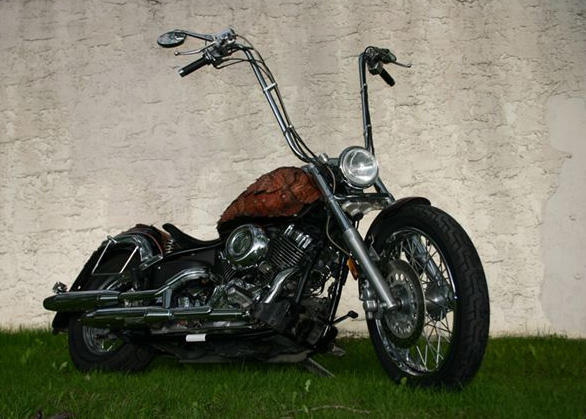
- Description: Tall handlebars that rise above the rider’s shoulders, offering a distinct, dramatic look.
- Best For: Cruiser and chopper riders seeking a bold, relaxed style.
- Pros:
- Eye-catching aesthetic.
- Comfortable for long highway rides.
- Cons:
- Can cause arm fatigue on long rides.
- May not be legal in some regions due to height restrictions.
Tip: Ensure they comply with local laws before installing ape hangers.
b. Drag Bars

- Description: Straight, low-profile handlebars that position the rider in a forward-leaning posture.
- Best For: Sporty cruisers, cafe racers, and drag-style bikes.
- Pros:
- Sleek, minimalist look.
- Improved aerodynamics for high-speed riding.
- Cons:
- Limited comfort for long rides.
- Aggressive posture may strain wrists and back.
Tip: Pair drag bars with rear-set footpegs to achieve an ideal riding position.
c. Clip-Ons
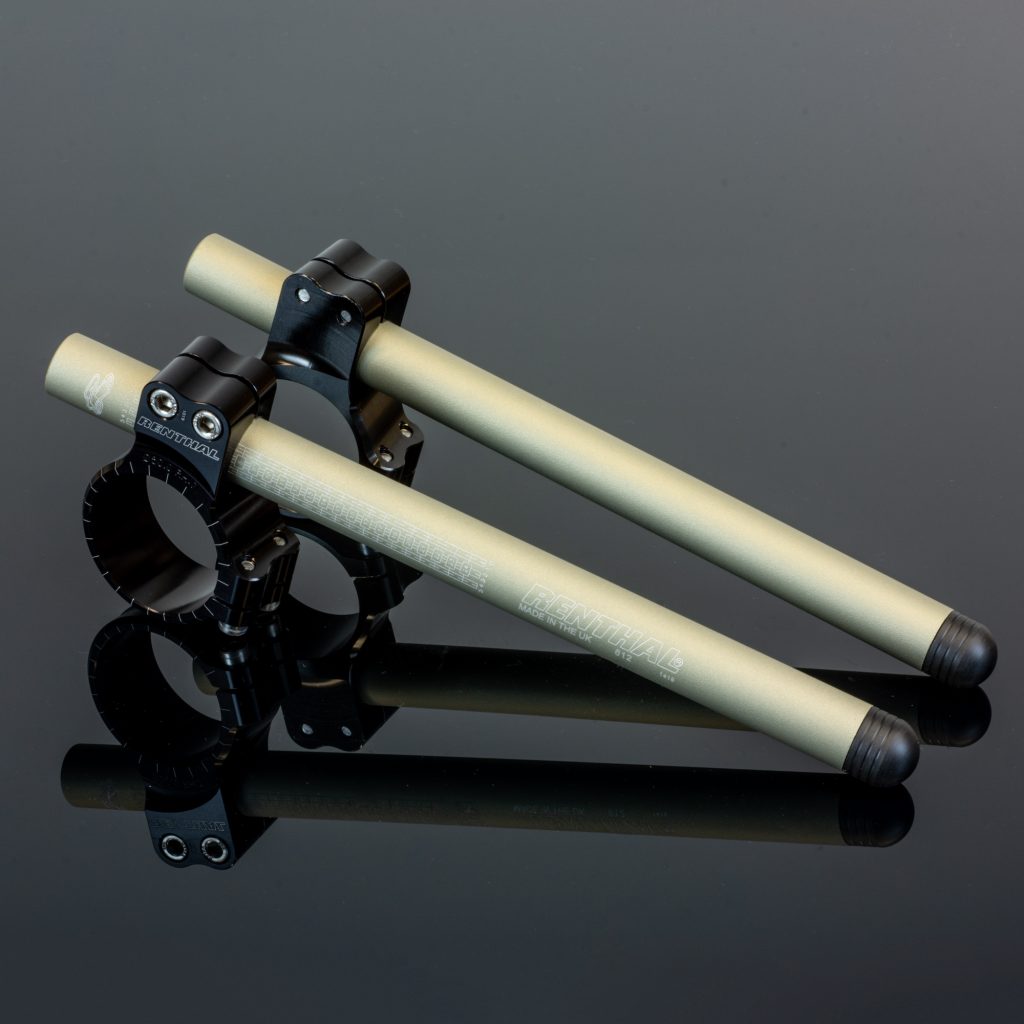
- Description: Two separate handlebars that clamp directly onto the motorcycle’s fork tubes, offering an aggressive, sporty position.
- Best For: Sport bikes and track riders.
- Pros:
- Precise handling and control.
- Aerodynamic riding posture.
- Cons:
- Uncomfortable for extended street riding.
- Limited adjustability.
Tip: Choose adjustable clip-ons for a more customizable fit.
d. T-Bars

- Description: A combination of drag bars and risers, offering a higher, more upright position.
- Best For: Cruiser and performance cruiser riders.
- Pros:
- Balanced between comfort and style.
- Great for urban and highway riding.
- Cons:
- Limited compatibility with certain bike models.
Tip: Check riser height options to match your desired riding position.
e. Z-Bars
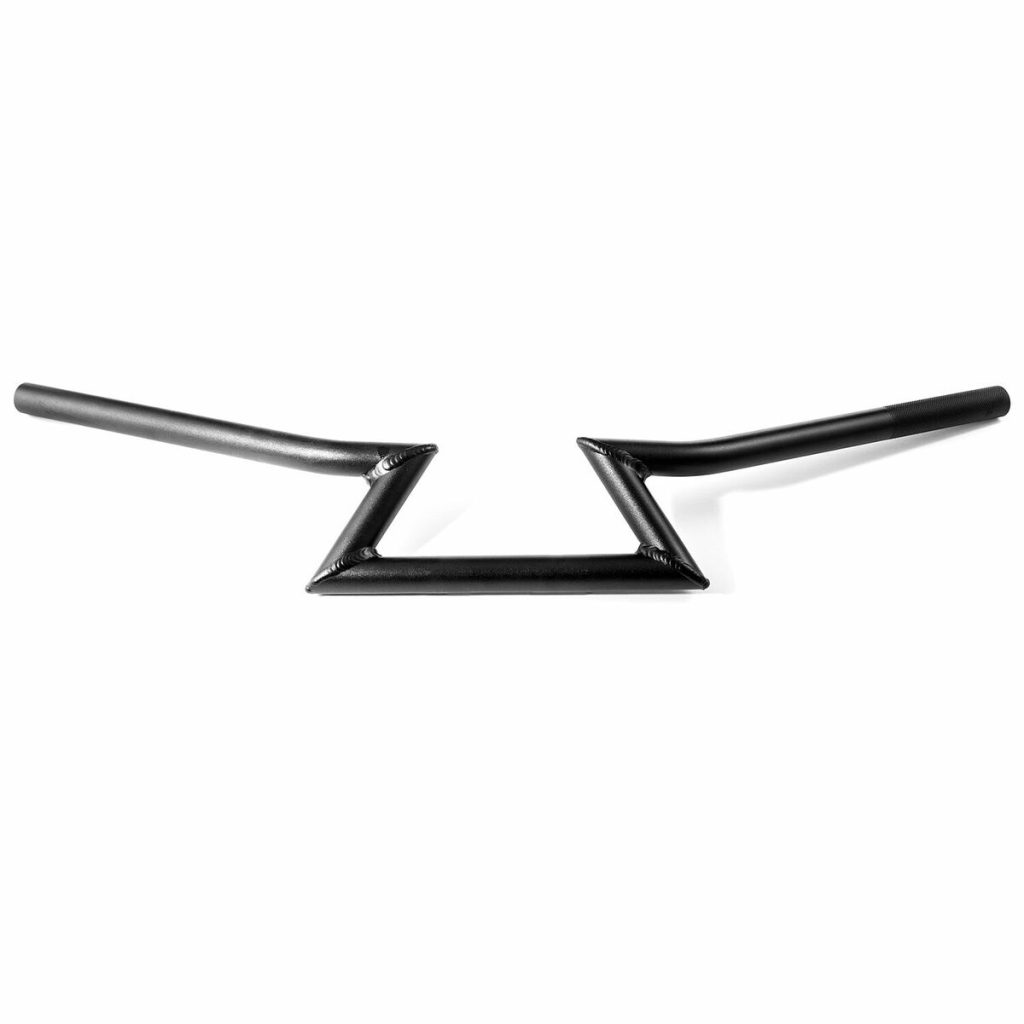
- Description: Angular handlebars that form a zig-zag shape, offering a unique aesthetic.
- Best For: Bobbers and custom choppers.
- Pros:
- Stylish, retro appeal.
- Suitable for moderate riding positions.
- Cons:
- May limit hand position options.
Tip: Pair Z-bars with mid-height risers for a balanced look and feel.
f. Cruiser Bars
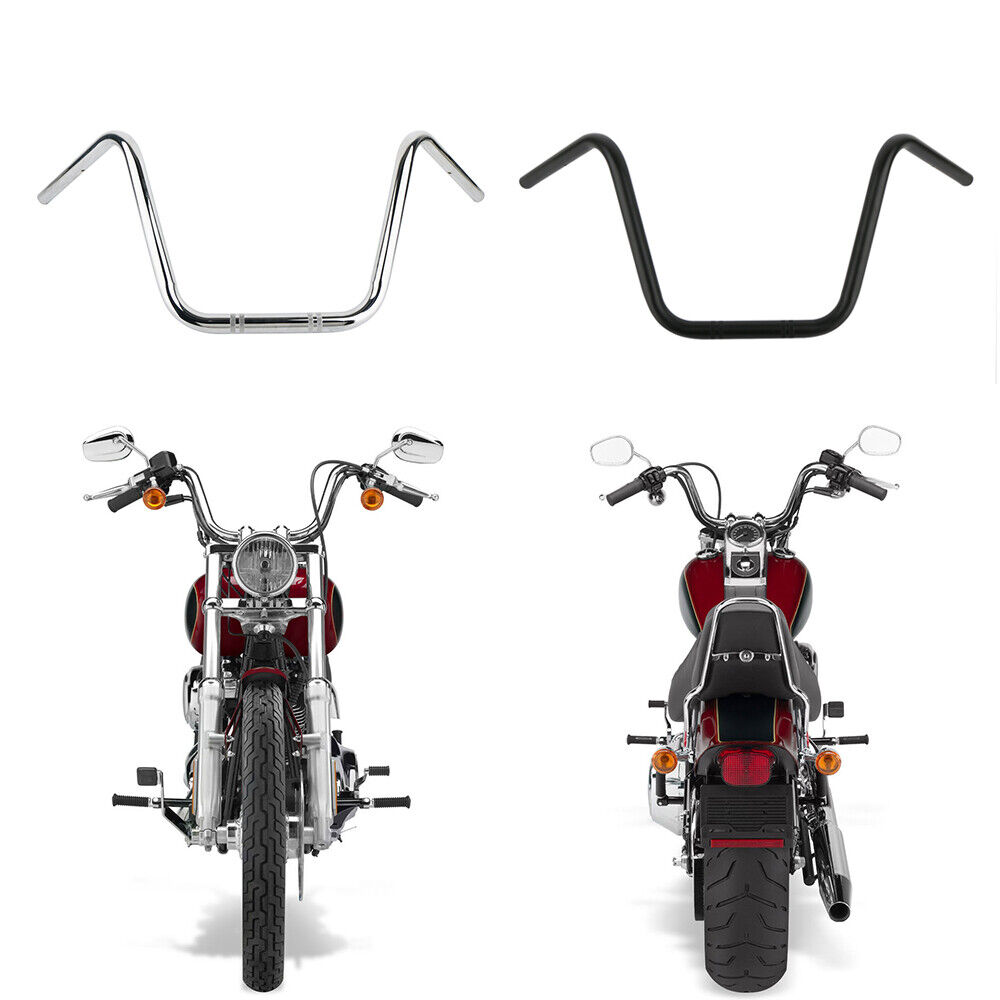
- Description: Wide, gently curved handlebars that provide an upright and relaxed position.
- Best For: Touring bikes and cruisers.
- Pros:
- Comfortable for long rides.
- Easy to control at low speeds.
- Cons:
- Limited maneuverability in tight spaces.
Tip: Cruiser bars are ideal for riders prioritizing comfort over performance.
g. MX/Off-Road Bars
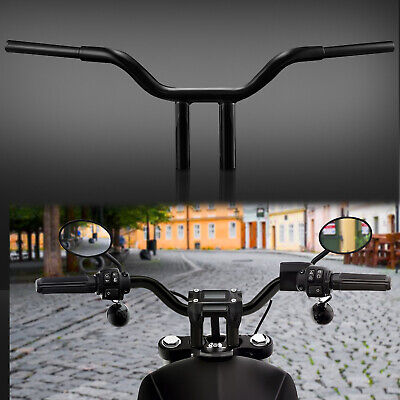
- Description: High-strength, lightweight handlebars designed for off-road use, often with a crossbar for extra support.
- Best For: Dirt bikes, dual-sport bikes, and adventure motorcycles.
- Pros:
- Durable and resistant to impacts.
- Wide design enhances control on rough terrain.
- Cons:
- May feel too wide for street-only use.
Tip: Choose aluminum or steel for durability and weight savings.
2. Factors to Consider When Choosing Handlebars
a. Riding Style
Different handlebars cater to different riding styles:
- Cruising: Ape hangers, cruiser bars, and T-bars.
- Sport/Track Riding: Clip-ons and drag bars.
- Off-Road: MX bars or off-road handlebars.
b. Ergonomics
Comfort and posture are essential for enjoyable rides:
- Height: High-rise handlebars like ape hangers may cause shoulder fatigue, while low bars like clip-ons may strain your back.
- Width: Wider handlebars provide better leverage for control but can be tiring for long rides.
- Pullback: Refers to how much the bars bend toward the rider, affecting wrist angle and comfort.
Tip: Test different handlebar positions to find the most natural fit for your body type.
c. Compatibility
Ensure the handlebars you choose are compatible with your motorcycle’s model and setup:
- Mounting Points: Check for proper fitment with your bike’s risers or clamps.
- Control Placement: Ensure adequate space for grips, levers, and switches.
- Cables and Wiring: Longer or shorter handlebars may require cable adjustments or replacements.
Tip: Consult your bike’s manual or a professional mechanic for compatibility advice.
d. Material and Build Quality
Handlebars are typically made from aluminum or steel:
- Aluminum: Lightweight and corrosion-resistant, ideal for performance-oriented bikes.
- Steel: Durable and better suited for heavy cruisers or off-road use.
Tip: Choose high-quality materials to ensure durability and safety.
3. Benefits of Upgrading Your Handlebars
Upgrading your handlebars offers several advantages:
a. Improved Comfort
The right handlebars reduce strain on your wrists, shoulders, and back, making long rides more enjoyable.
b. Enhanced Control
Wider or higher bars provide better leverage and improved handling, especially for off-road or urban riding.
c. Personalized Aesthetics
Custom handlebars allow you to express your style and give your bike a unique appearance.
d. Better Ergonomics
A properly fitted handlebar aligns with your body posture, improving overall riding efficiency.
4. Installation Tips for New Handlebars
Installing new handlebars can be a DIY project if done carefully:
Step 1: Gather Tools and Supplies
- Socket wrench set
- Allen keys
- Screwdrivers
- Torque wrench
- Replacement cables (if needed)
Step 2: Remove the Old Handlebars
- Disconnect all cables, controls, and grips.
- Loosen the bolts on the risers or clamps and carefully remove the old handlebars.
Step 3: Install the New Handlebars
- Position the new handlebars and tighten the risers or clamps to the manufacturer’s recommended torque specifications.
- Reattach cables, grips, and controls, ensuring they’re secure and functional.
Tip: Check for proper clearance and alignment before hitting the road.
5. Maintenance Tips for Handlebars
- Check for Loose Bolts: Periodically inspect and tighten bolts to ensure stability.
- Clean Regularly: Use a mild cleaner to remove dirt and debris, especially on chrome or polished handlebars.
- Inspect for Damage: Look for cracks or signs of wear, particularly on off-road handlebars exposed to impacts.
Conclusion: Find the Perfect Handlebars for Your Ride
Choosing the right motorcycle handlebars is a crucial step in optimizing your riding experience. Whether you prioritize comfort, control, or style, understanding the different types of handlebars and their features ensures you make an informed decision. With proper installation and maintenance, your upgraded handlebars will not only enhance performance but also give your bike a personalized touch.
Take the time to explore your options and test different styles to find the handlebars that best match your riding needs and preferences.
Read More About Amazing Travel Deals in Spain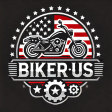
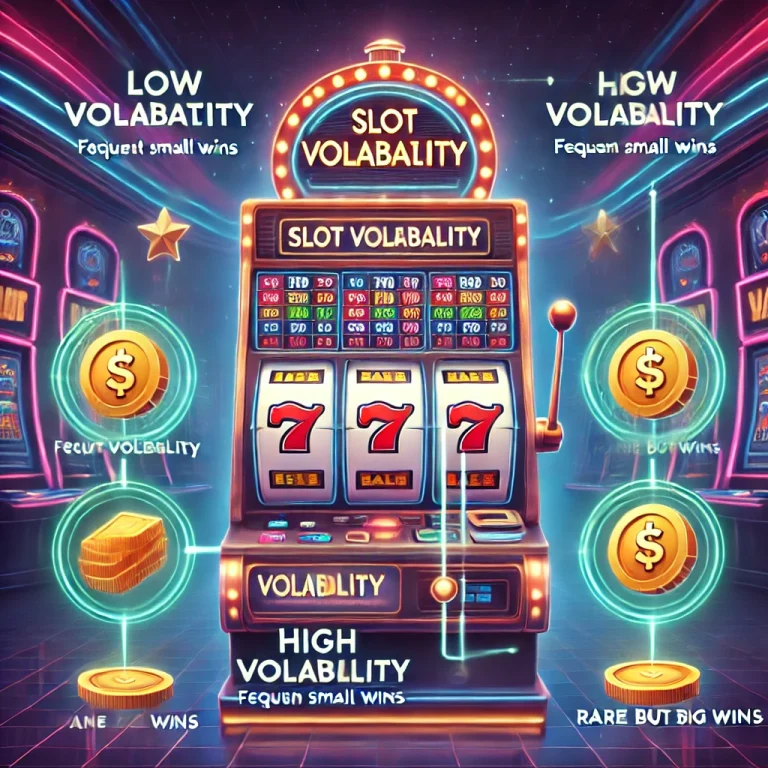

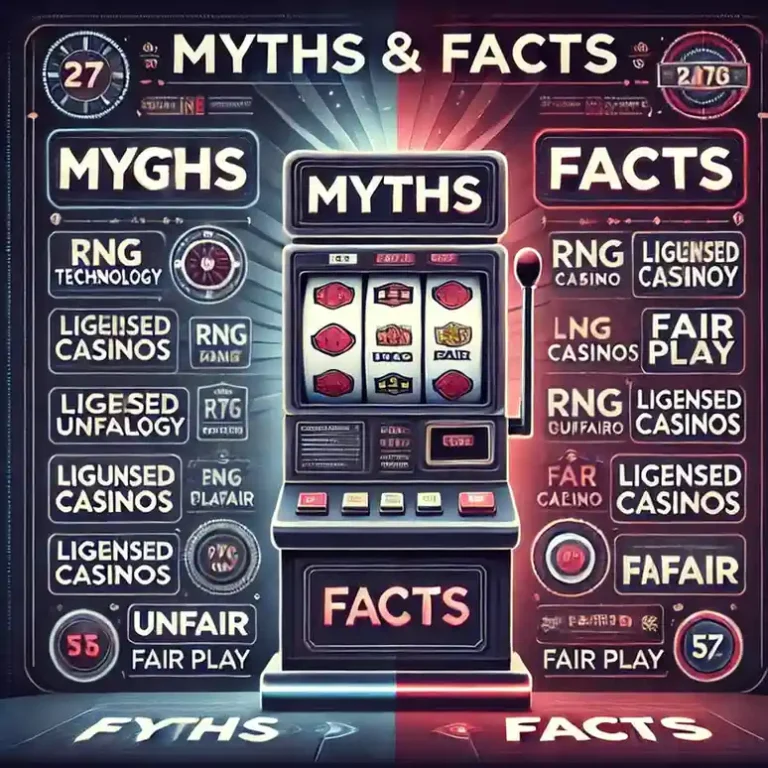
1 thought on “The Ultimate Guide to Choosing the Right Motorcycle Handlebars”